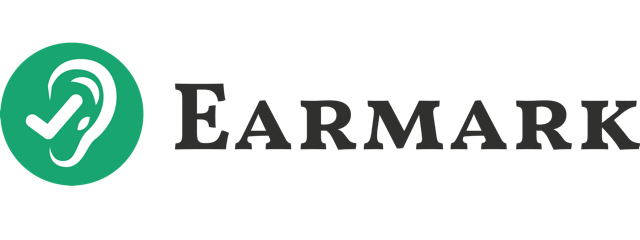For many CPA firms, tax season means long hours, stressed employees, and a frantic rush to meet deadlines. But Marcus and Rachel Dillon, owners of a family-run CPA firm and hosts of the Who’s Really the BOSS? podcast, have found a way to break that cycle.
In 2024, the Dillons filed 165 tax returns before April 15th while maintaining a strict no-overtime policy and growing their recurring revenue by 10%. How did they do it? By leveraging innovative tools, adapting their team structure, and fostering a culture of continuous improvement.
The Dillons’ journey wasn’t without challenges. Heading into the 2024 tax season, they faced significant changes:
• Their full-time tax director had left to start his own firm
• They had downsized by three full-time employees
• They had exited about 35 family-client relationships
To address these challenges, the Dillons made several strategic moves:
1. Implementing Innovative Tools
The firm rolled out Canopy software, replacing its existing practice management system. This improved internal project tracking and time management. More importantly, it enhanced client communication through automated tax status updates.
“What we did build out and tested during tax season was tax status updates being sent to the clients through Canopy,” Marcus explained. “It’s essentially the Domino’s Pizza tracker.” This system provided clients real-time updates about their tax returns without requiring additional staff time—a perfect example of technology improving efficiency and quality.
2. Adapting Team Structure
Rather than hiring a new full-time tax director, the Dillons hired a “tax director of counsel” on a flexible, as-needed basis. This arrangement allowed the firm to maintain high-quality tax services without the overhead of a full-time position.
They also hired a Director of Operations, Amy, who took on many administrative tasks previously handled by the tax director. This freed up other team members to focus on client work.
3. Fostering Continuous Improvement
When the Dillons identified knowledge gaps in their team, particularly for those without strong tax backgrounds, they implemented weekly training sessions. Marcus personally reviewed tax returns with team members, using actual client work as teaching material. This hands-on approach allowed team members to learn in real-time and improve their skills.
The Results
The Dillons’ strategic changes paid off. Here are some key metrics from their 2024 tax season:
• 165 tax returns filed before April 15th (down from 224 in 2023, but with fewer staff)
• No overtime or weekend work required
• Maintained half-day Fridays throughout tax season
• 10% increase in recurring Client Accounting Services (CAS) revenue
• Overall revenue on track to reach $3 million for the year
Perhaps most impressively, they achieved these results while maintaining a 36-hour work week for most employees. This focus on work-life balance starkly contrasts the grueling schedules often associated with tax season.
Lessons Learned
The Dillons’ experience offers valuable insights for other CPA firms:
- Embrace technology: The right tools can dramatically improve both internal efficiency and client communication.
- Be flexible with staffing: Consider alternative arrangements like fractional or on-call experts to fill skill gaps.
- Invest in continuous learning: Regular training sessions can quickly address knowledge gaps and improve team capabilities.
- Prioritize work-life balance: It’s possible to maintain high standards without sacrificing employee wellbeing.
As the accounting industry evolves, firms that can balance efficiency and quality will have a significant competitive advantage. The Dillons’ story shows that with the right strategies, it’s possible to thrive during tax season while still maintaining a healthy work environment. For more tips and tricks, listen to the full episode of Who’s Really the BOSS?
Rachel and Marcus Dillon, CPA, own a Texas-based, remote client accounting and advisory services firm, Dillon Business Advisors, with a team of 15 professionals. Their latest organization, DBA | FIRM, supports and guides accounting firm owners and leaders with free resources, education, and operational strategy.
